Working with Pongo
Today we left at 8.30am so Arshad could take us to see some caves. The first on the agenda was the Agop Batu Tulug heritage site, which is a large limestone cliff featuring caves that contain a number of wooden coffins dating from 700-900 years ago. The drive was about 1.5 hours and the majority of the scenery along the way was palm oil plantations. Once we arrived there was a series of steep wooden steps leading up to the top of the cliff. It was tough work in the heat
rlunicomb
53 chapters
15 Apr 2020
Day 40 - Caves, Caves and More Caves
October 13, 2017
|
Sepilok, Borneo
Today we left at 8.30am so Arshad could take us to see some caves. The first on the agenda was the Agop Batu Tulug heritage site, which is a large limestone cliff featuring caves that contain a number of wooden coffins dating from 700-900 years ago. The drive was about 1.5 hours and the majority of the scenery along the way was palm oil plantations. Once we arrived there was a series of steep wooden steps leading up to the top of the cliff. It was tough work in the heat
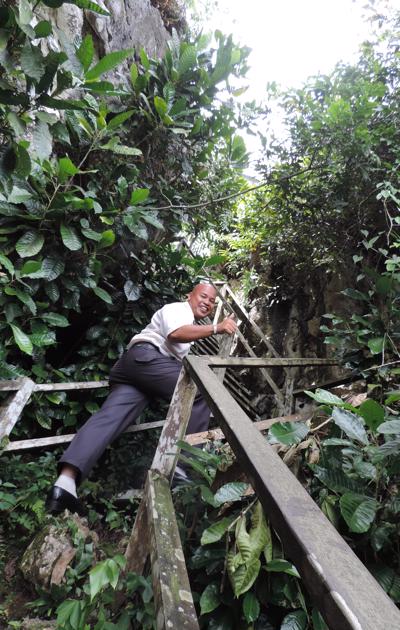
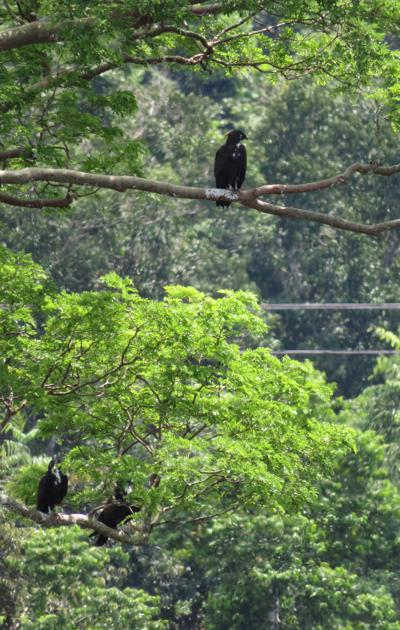
and the sun, with the usual profuse sweating, but it was a good view from the top. Again, palm oil trees dominated the landscape, but we could also see the Kinabatangan River and we spotted some eagles perched on a distant branch.
Then we headed back down to the first cave. It was quite open and contained a number of bats. They weren't too active, but were still making a lot of noise and always seemed to be looking right at you. On the ground were a dozen or so raised, wooden coffins. They believe the coffins here belonged to ordinary people, not the aristocracy, although some were carved with intricate designs, with a carved buffalo head on one end. We then headed down to the gallery for some more information about the area, and a second cave, which was much larger, so you were able to walk inside. Again there were a lot of bats and insects crawling on the soft, guano silt floor. The walls were caked in algae and the limestone was crafted into a variety of
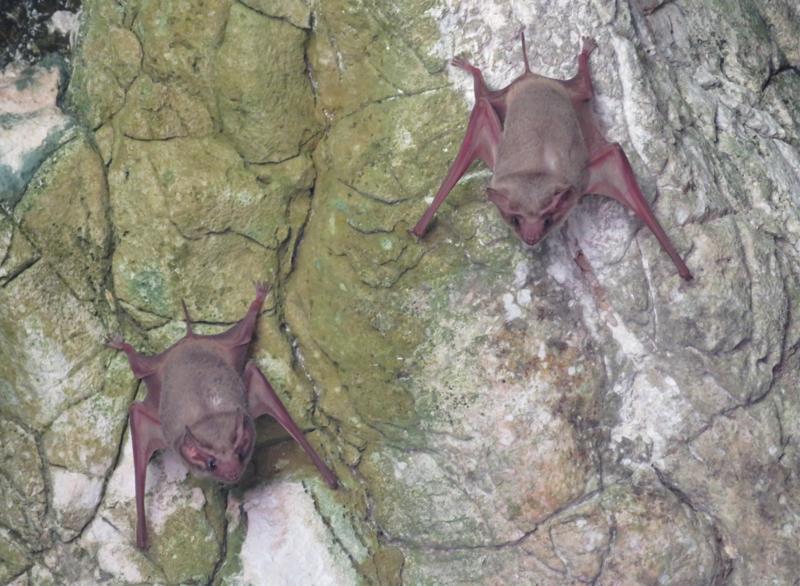
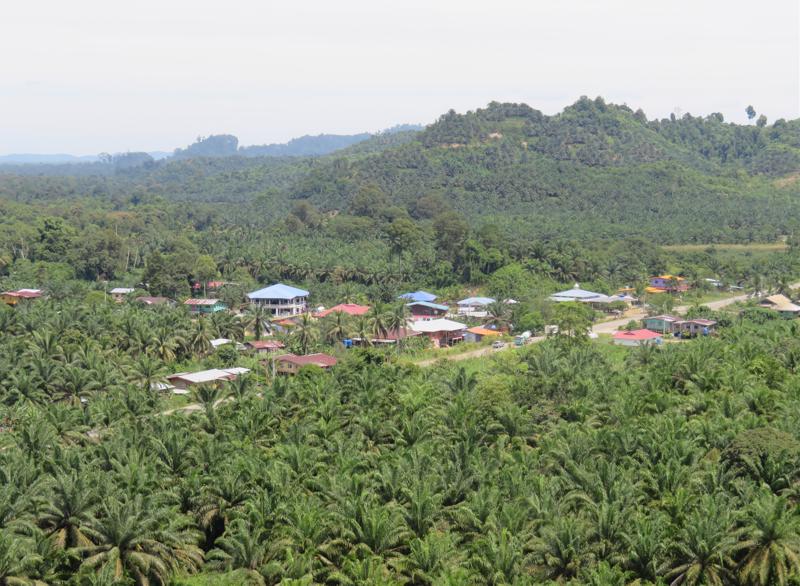
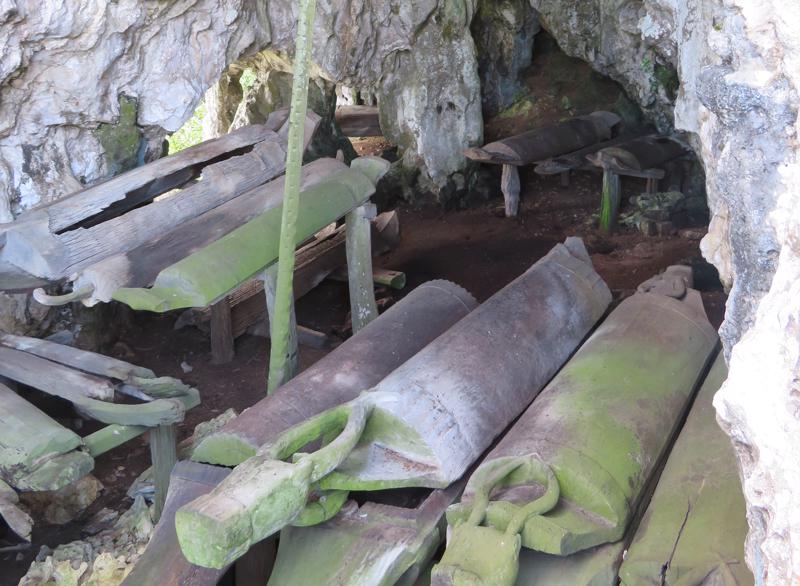
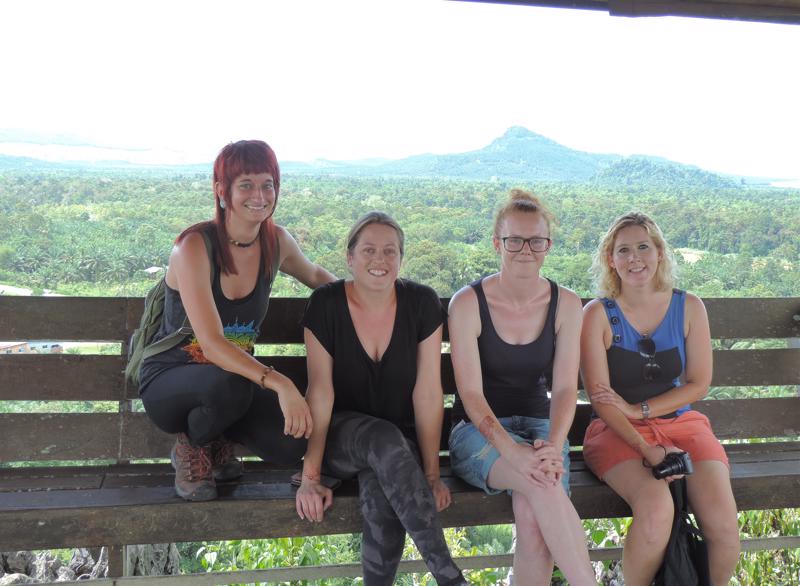
strange shapes and crags, which gave the cave a lot of character.
Then it was back in the car for around a half an hour drive to the Gomantong Cave. This cave is well known for three things – the smell, the poo and the cockroaches! At least that's what I had heard. But we had also heard things had changed. You no longer needed to wade knee deep into bat poo and roaches to see the cave, so we decided to give it a go. Thankfully this information was correct, and the cave was nowhere near as bad as I was expecting, in fact there is now a boardwalk built all around the edge. I had been expecting it to be a series of caves, but it was just one big cavern. I was prepared, and brought a poncho to protect me from any falling poop and a mask for the smell, but it turns out neither were really needed (apparently it is much worse during the main bird breeding season though). As you walk around you can see quite a few bats flying across the natural skylight in the ceiling, but the view wasn't up close, like those we saw at Batu Tulug. When we first entered, Arshad pointed out some of the curvy birds' nests, which cling high up onto the caves wall, a bit like half a clam. These nests belong to swifts, and are edible. They are harvested in season if no eggs are laid, or after the chicks have departed.
There were a number of cockroaches crawling around on the floors, walls and fence posts, but it was nowhere near as bad as I'd imagined. The cave's structure of stalagmites and stalactites is
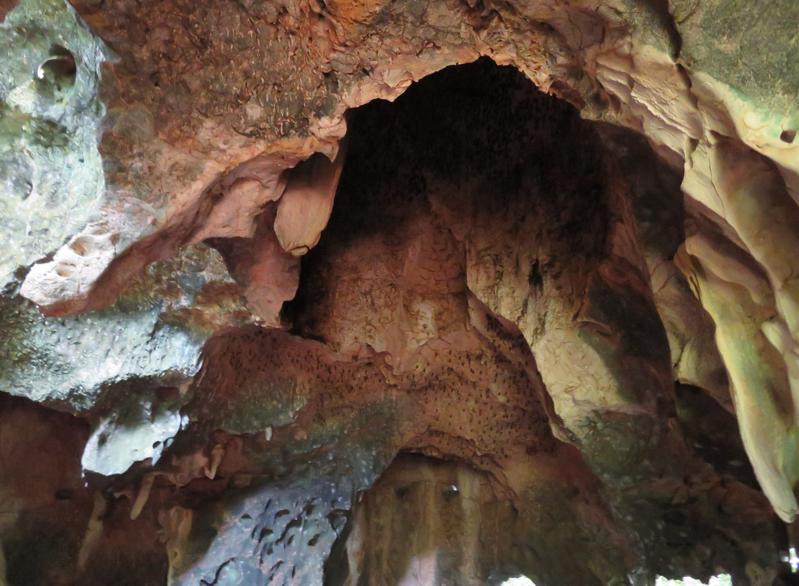
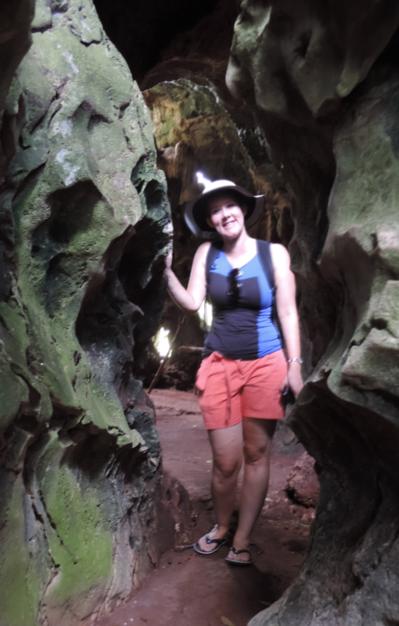
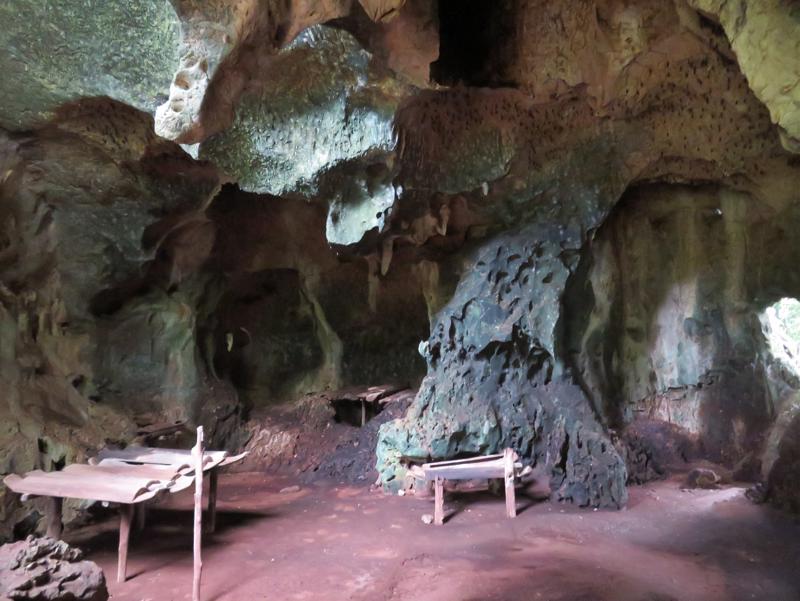
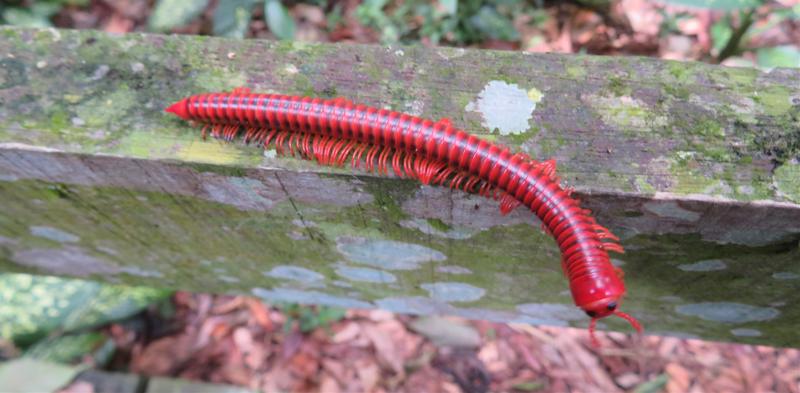
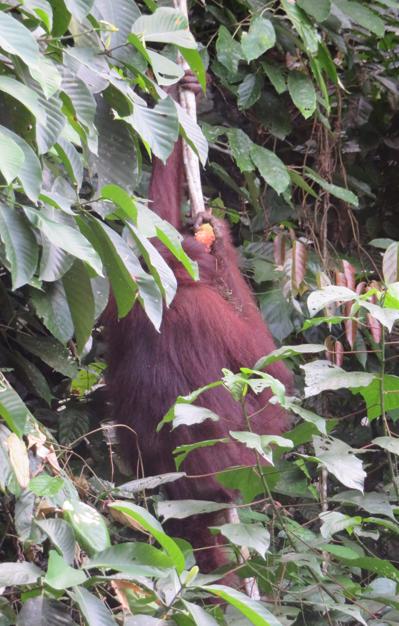
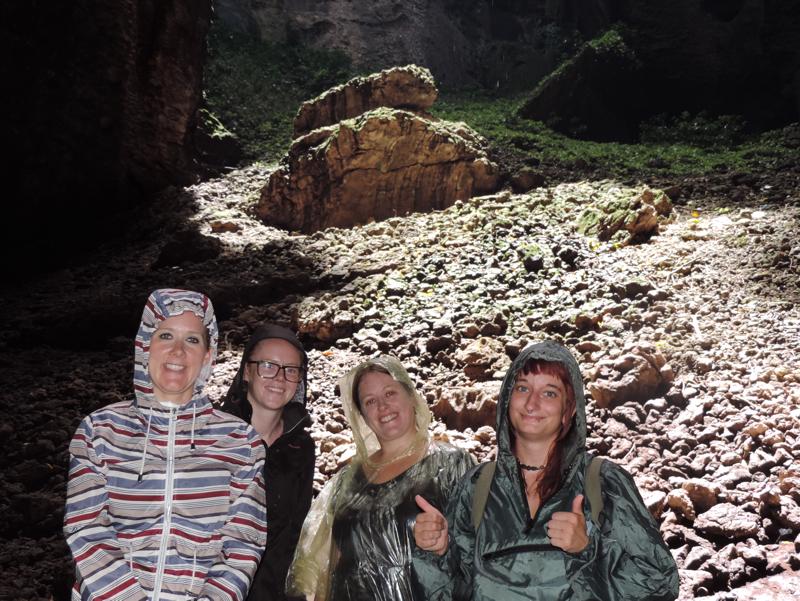
actually quite beautiful, and at the far end the light filters through the open ceiling, and water trickles down from high above, as if the sun is shining a spotlight on what is otherwise a dark place. The floor around the boardwalk is dense with the guano silt generated by all the bats and insects. However the smell was certainly not that pungent, so I'm glad I didn't let that stop me from visiting, even if I did later find a cockroach in the mask that I had resting around my neck!
On the way in to the cave we had also seen a poisonous millipede and a wild orangutan, which was a first! Then it was time for the nearly two hour drive back to the resthouse, with palm oil plantations dominating the skyline once again. We made a quick stop at the supermarket, where the guy serving asked me multiple questions about who I was, and where I was from – I have never been so popular as I am here ha! I was absolutely wiped by the time we got home – it's been a long couple of days!

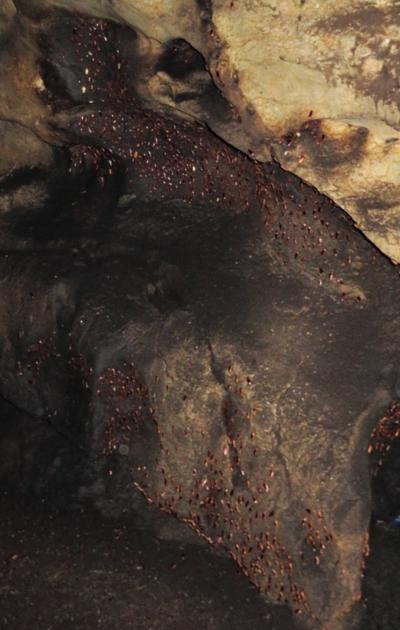
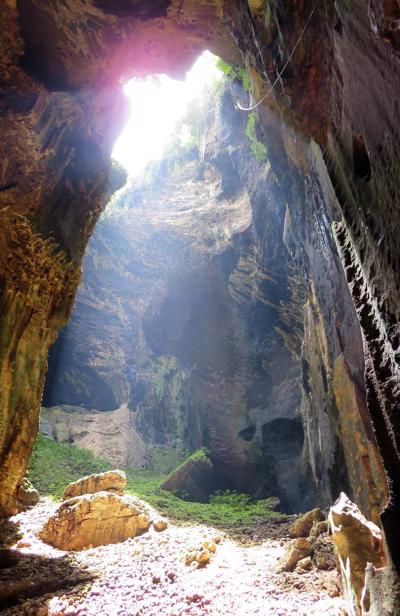
1.
Day One - Arrival
2.
Day Two - Quarantine Week
3.
Day Three - Sightseeing Begins
4.
Day Four - Sandakan
5.
Day Five - Nosey Monkeys
6.
Day Six - Induction Day
7.
Day Seven - Last Free Day!!
8.
Day Eight - First Work Day
9.
Day Nine - Outdoor Nursery
10.
Day Ten
11.
Day 11 - A New Visitor
12.
Day 12
13.
Day 13- Night Out in Sandakan
14.
Day 14 - The Tea House
15.
Day 15 - Working with Babies
16.
Day 16
17.
Day 17
18.
Day 18
19.
Day 19
20.
Day 20 - Last Day of Rotation
21.
Day 21 - Visiting Lankayan
22.
Day 22
23.
Day 23 - Heading Home
24.
Day 24 - Trekking Rotation
25.
Day 25
26.
Day 26
27.
Day 27
28.
Day 28
29.
Day 29 - Farewell Trekking!
30.
Day 30 - Turtle Island
31.
Day 31
32.
Day 32 - Back in Juvie
33.
Day 33
34.
Day 34
35.
Day 35 - Sweat it real good!
36.
Day 36
37.
Day 37 - Last Day of Juvie
38.
Day 38 - A Visit to Kota Kinabalu
39.
Day 39 - KK Continued
40.
Day 40 - Caves, Caves and More Caves
41.
Day 41 - Back with the Babies
42.
Day 42
43.
Day 43
44.
Day 44 - Awkward Poses
45.
Day 45
46.
Day 46
47.
Day 47 - The Kinabatangan
48.
Day 48
49.
Day 51 - Team Awesomeness gets Super Productive
50.
Day 52 - The Machete's Get Used
51.
Day 53 - More Tough Goodbyes
52.
Day 54 - Last Day of Work
53.
Day 55 - Tomorrow I Fly
Share your travel adventures like this!
Create your own travel blog in one step
Share with friends and family to follow your journey
Easy set up, no technical knowledge needed and unlimited storage!